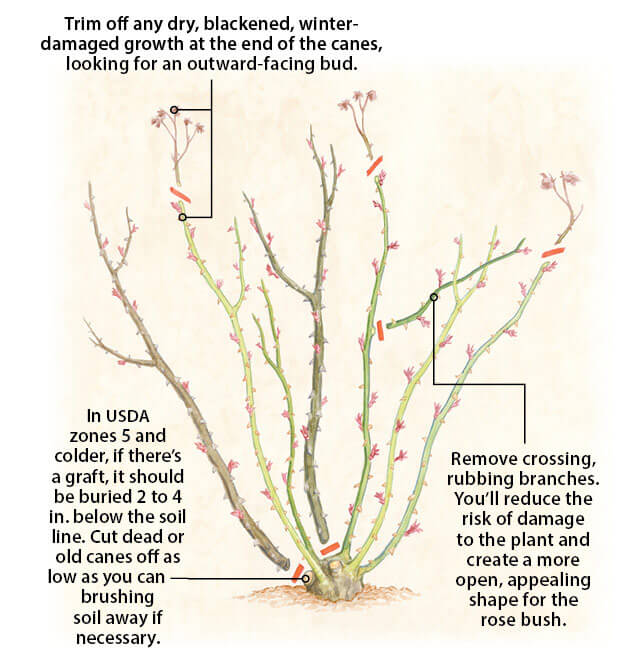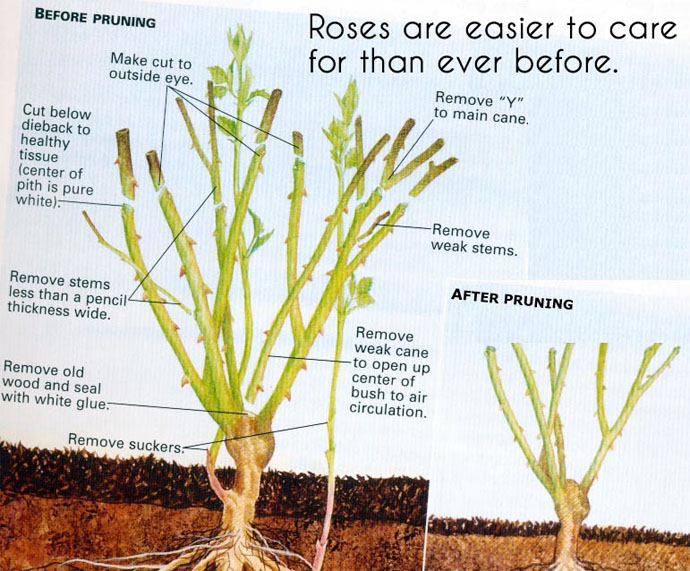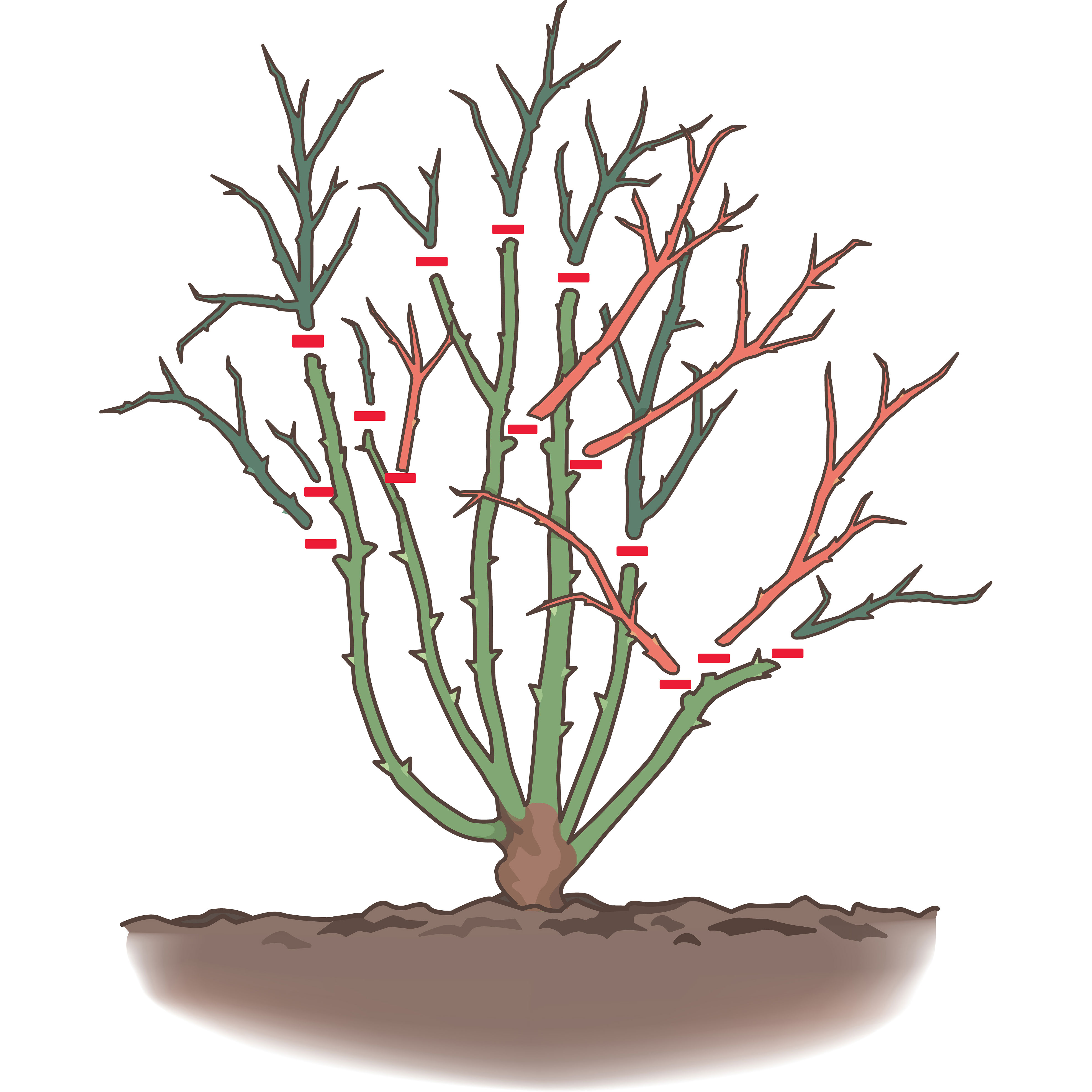The Pruning Basics: Why Roses Need Regular Trimming
Rose pruning is an essential skill for any gardener or rose enthusiast. By understanding how to prune rose plants effectively, you can promote healthy growth, encourage blooming, and maintain the plant’s shape. Regular pruning can also improve the overall appearance and longevity of your rose plants. In fact, pruning is a critical step in rose care, as it helps to remove dead, diseased, or damaged wood, and encourages new growth. By incorporating pruning into your rose care routine, you can enjoy a lush, vibrant, and thriving rose garden. Whether you’re a seasoned gardener or just starting out, learning how to prune rose plants is a valuable skill that will pay dividends for years to come.
Choosing the Right Tools for the Job: Pruning Essentials
When it comes to pruning roses, having the right tools is essential for achieving optimal results. To learn how to prune rose plants effectively, you’ll need a few key tools in your arsenal. First and foremost, you’ll need a pair of sharp, clean pruning shears. These should be dedicated solely to pruning roses, as using them for other tasks can spread disease. Loppers are also a must-have for thicker stems and branches. Finally, a good pair of gloves will protect your hands from thorns and scratches. When selecting pruning tools, look for high-quality, rust-resistant materials and comfortable grips. Regularly clean and maintain your tools to prevent the spread of disease and ensure they remain effective. By investing in the right tools and taking care of them, you’ll be well on your way to mastering the art of rose pruning.
Identifying and Removing Dead, Diseased, or Damaged Wood
When learning how to prune rose plants, it’s essential to understand the importance of identifying and removing dead, diseased, or damaged wood. This process is critical for promoting healthy growth, encouraging blooming, and maintaining the overall appearance of your rose plants. To identify dead, diseased, or damaged wood, look for signs such as black or brown stems, cracks, or soft spots. Make clean cuts at a 45-degree angle, about 1/4 inch above a bud eye or a lateral branch. This will help the plant heal quickly and reduce the risk of disease. When removing dead, diseased, or damaged wood, always cut back to healthy tissue, making sure to disinfect your pruning tools between cuts. By removing dead, diseased, or damaged wood, you’ll be able to improve air circulation, reduce the risk of disease, and promote healthy growth in your rose plants.
Shaping and Sizing: Pruning for Form and Function
When it comes to learning how to prune rose plants, shaping and sizing are crucial aspects to consider. Pruning plays a vital role in maintaining the overall shape and size of rose plants, which can greatly impact their appearance and health. Different types of roses require unique pruning techniques to achieve optimal results. For hybrid tea roses, prune to maintain a vase-shaped plant with a central leader. Floribundas, on the other hand, benefit from pruning to encourage bushy growth and promote blooming. Climbing roses require pruning to control their size and promote vertical growth. To prune for shape and size, identify the main canes and lateral branches, and cut back or remove any weak or damaged growth. This will help improve air circulation, reduce disease risk, and promote healthy growth. By understanding how to prune rose plants for shape and size, you’ll be able to create a beautiful and thriving rose garden.
Pruning for Blooms: Encouraging Flower Production
When it comes to learning how to prune rose plants, one of the most important goals is to encourage blooming. Pruning plays a crucial role in promoting flower production, and with the right techniques, you can enjoy a bounty of beautiful blooms. To prune for blooms, focus on promoting healthy growth, increasing air circulation, and encouraging the development of flower-bearing canes. For repeat-blooming varieties, prune to encourage bushy growth and promote the development of new canes. Remove any weak or damaged growth, and cut back tall canes to encourage branching. This will help increase the number of blooms and promote a more robust flowering habit. Additionally, consider pruning to improve light penetration and reduce disease risk, both of which can impact flower production. By understanding how to prune rose plants for blooms, you’ll be able to enjoy a vibrant and thriving rose garden.
Timing is Everything: When to Prune Your Roses
When it comes to learning how to prune rose plants, timing is crucial. Pruning at the right time can make all the difference in promoting healthy growth, encouraging blooming, and maintaining plant shape. The best time to prune roses depends on the type of rose and its growth habits. For hybrid tea and floribunda roses, prune in late winter or early spring, before new growth begins. This allows the plant to put its energy into producing new growth and blooms. Climbing roses, on the other hand, should be pruned in late summer or early fall, after the blooming season has ended. Pruning during active growth periods can cause stress to the plant, leading to reduced blooming and increased susceptibility to disease. By understanding the best times to prune different types of roses, you can ensure optimal results and a thriving rose garden. Remember, how to prune rose plants effectively requires attention to timing, as well as proper technique and tool selection.
Common Pruning Mistakes to Avoid
When learning how to prune rose plants, it’s essential to avoid common mistakes that can negatively impact the health and appearance of your roses. One of the most common mistakes is over-pruning, which can cause stress to the plant and lead to reduced blooming. Under-pruning, on the other hand, can result in weak and leggy growth. Making incorrect cuts is another mistake to avoid, as it can lead to disease and pest issues. To avoid these mistakes, make clean cuts at a 45-degree angle, and always prune with a purpose, such as promoting healthy growth or encouraging blooming. Additionally, avoid pruning during active growth periods, as this can cause stress to the plant. By understanding how to prune rose plants effectively and avoiding common mistakes, you can achieve optimal results and enjoy a thriving rose garden. Remember, proper pruning technique and timing are key to promoting healthy growth and encouraging blooming in rose plants.
Pruning for Pest and Disease Control
Pruning is an essential technique in rose plant care that not only promotes healthy growth and blooming but also plays a crucial role in controlling pests and diseases. By learning how to prune rose plants effectively, gardeners can prevent the spread of disease and identify signs of pest infestations. This proactive approach can save rose plants from damage and ensure their longevity.
One of the primary ways pruning helps control pests and diseases is by removing infected or infested branches. This process, known as sanitation pruning, involves cutting out any diseased or damaged wood to prevent the spread of disease to healthy parts of the plant. When pruning for sanitation, it’s essential to make clean cuts, using sharp and sterile pruning tools to avoid spreading disease-causing pathogens.
Another way pruning helps control pests is by reducing the risk of infestation. For example, pruning out dense foliage can improve air circulation and reduce humidity, making it less conducive to pest infestations. Additionally, pruning can help eliminate hiding places for pests, making it easier to spot and control infestations.
When it comes to pruning for pest and disease control, timing is critical. Pruning during the dormant season can help reduce the risk of spreading disease, as the plant is less active and less susceptible to infection. However, pruning during the growing season can stimulate new growth, which can be more susceptible to disease and pests.
To get the most out of pruning for pest and disease control, gardeners should learn how to prune rose plants correctly. This includes making clean cuts, using the right tools, and pruning at the right time. By incorporating these techniques into their rose care routine, gardeners can create a healthier, more resilient plant that’s better equipped to resist pests and diseases.







